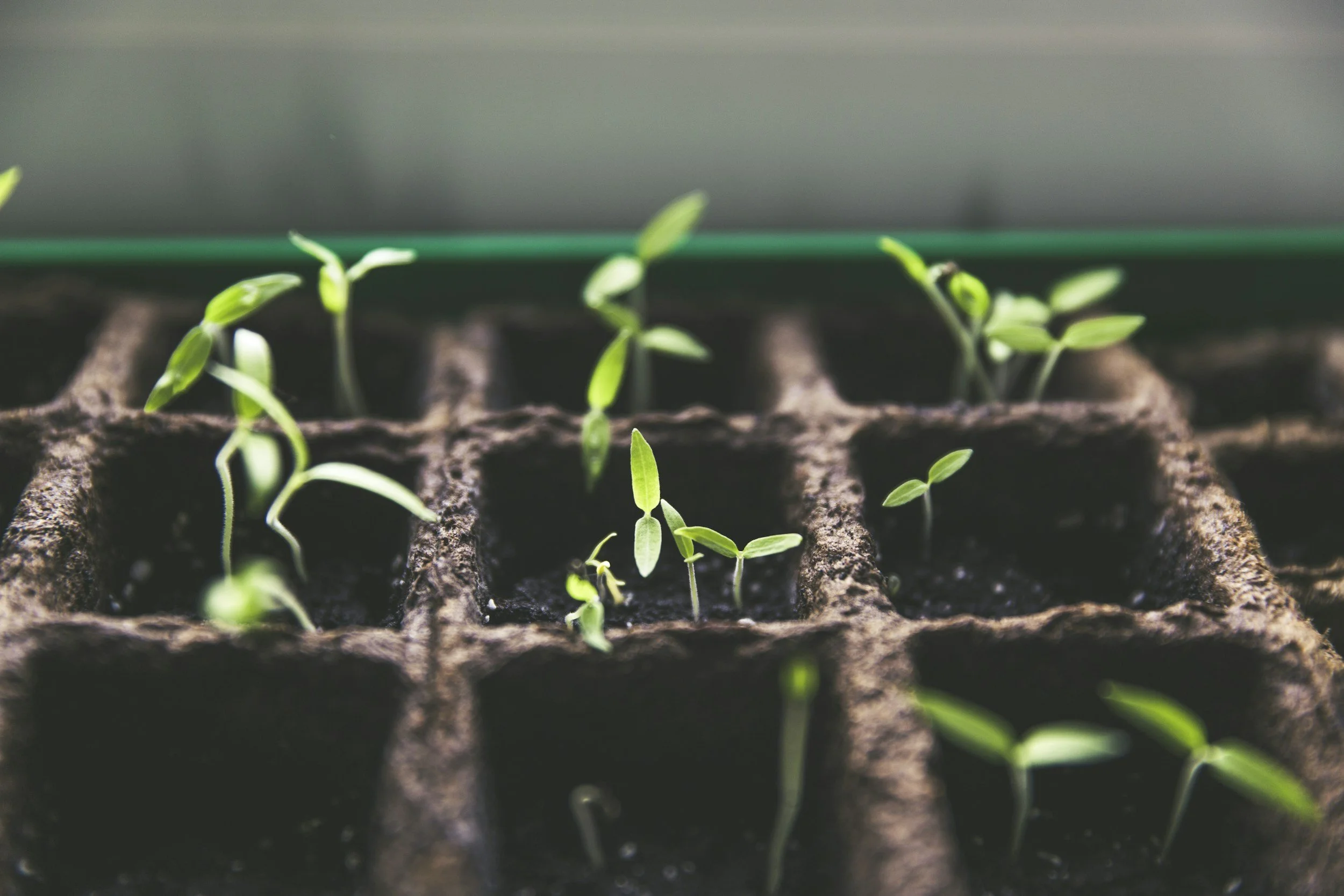Avoiding Pain During Spring Gardening
By Jen Maher DC
As the weather warms up and gardens come to life, many people dive into outdoor projects with enthusiasm—but also with a higher risk of pain and injury. Gardening, while therapeutic and rewarding, involves repetitive movements, bending, lifting, and prolonged postures that can strain the musculoskeletal system. Fortunately, with proper preparation and body mechanics, you can enjoy gardening without paying the price in back, neck, or joint pain.
Common Gardening Injuries
Gardening can trigger or worsen musculoskeletal conditions, including:
Low back pain due to prolonged bending or lifting heavy soil or pots.
Neck and shoulder tension from awkward postures during weeding or pruning.
Knee and wrist strain from squatting or using tools incorrectly.
A study by Holm and Rose (2014) noted that low back pain is among the most common complaints among hobby gardeners, often related to poor ergonomics and lack of physical preparation [1].
Tips to Protect Your Spine While Gardening
1. Warm Up First
Gardening is physical activity—treat it like exercise. Start with 5–10 minutes of light stretching, focusing on the spine, shoulders, hips, and hamstrings. A pre-gardening warmup has been shown to reduce injury risk, similar to how warming up helps athletes [2].
2. Use Proper Body Mechanics
Bend from the hips and knees, not your waist, when lifting.
Keep loads close to your body to reduce strain on your back.
Alternate tasks every 15–30 minutes to avoid repetitive stress.
Avoid twisting; instead, pivot your feet to turn your body.
3. Use Ergonomic Tools
Long-handled or padded tools reduce the need to bend or grip forcefully. A review by Delleman and Dul (2007) supports the use of ergonomic tool design to prevent overuse injuries in repetitive tasks [3].
4. Protect Your Knees and Back
Use a garden stool, pad, or bench when working close to the ground. Knee pads and back supports can help relieve pressure during long periods of kneeling or bending.
5. Listen to Your Body
Pain is a signal—not a challenge. If you feel discomfort, stop the activity and rest. Hydrate, stretch, and change positions often.
Chiropractic Care as Prevention
Regular chiropractic care improves joint mobility, reduces inflammation, and enhances proprioception, helping prevent injuries before they occur. Research has shown chiropractic adjustments can improve functional performance and reduce musculoskeletal complaints in both athletes and the general population [4].
Gardening should be enjoyable, not painful. With a little planning and the right techniques, you can protect your spine and keep your body in shape for the entire growing season. If you experience persistent pain, consider seeing your chiropractor for an evaluation.
References
Holm, S., & Rose, D. (2014). Gardening injuries: A growing concern. Journal of Physical Activity & Health, 11(4), 785–790.
Woods, K., Bishop, P., & Jones, E. (2007). Warm-up and stretching in the prevention of muscular injury. Sports Medicine, 37(12), 1089–1099.
Delleman, N. J., & Dul, J. (2007). Ergonomics in hand tool design for horticultural use. Applied Ergonomics, 38(3), 329–336.
Hawk, C., Khorsan, R., Lisi, A., Ferrance, R. J., & Evans, M. W. (2007). Chiropractic care for nonmusculoskeletal conditions: A systematic review with implications for whole systems research. Journal of Alternative and Complementary Medicine, 13(5), 491–512.

